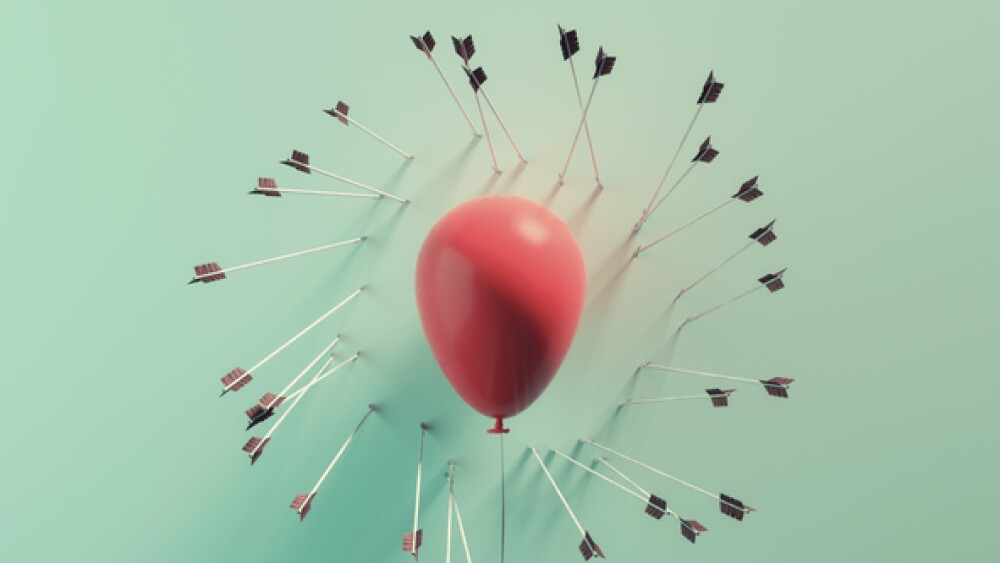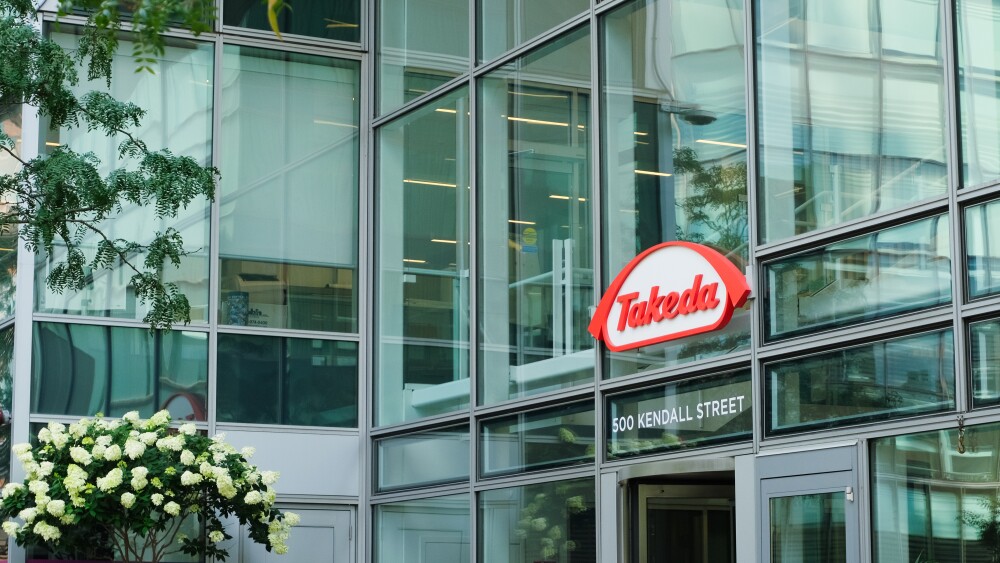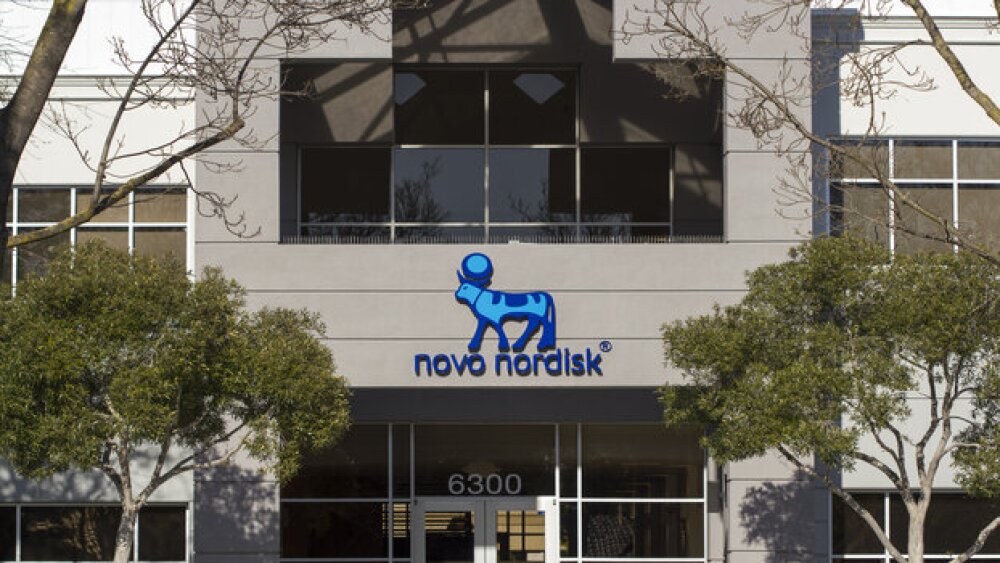Researchers at the University of California, San Francisco, working with mice, found that by taking blood from mice that exercised regularly and giving it to “couch potato” mice, re-energized the brains of the non-active mice.
Researchers at the University of California, San Francisco (UCSF), working with mice, found that by taking blood from mice that exercised regularly and giving it to “couch potato” mice, re-energized the brains of the non-active mice. The research was published in the journal Science.
This effect was traced back to a specific liver protein, called glycosylphosphatidylinositol specific phospholipase D1 (Gpld1). The research was focused on taking so-called “young blood” from young mice and injecting it into older mice, who were rejuvenated by it.
In the case of the research, led by Saul Villeda at UCSF, they placed a wheel in a cage full of mice and the mostly inactive mice ran on the wheel at night. Villeda and his team took blood from elderly or middle-aged lab animals that had the exercise wheel in their cage for six weeks. Then they dosed the old mice who had no exercise wheel in their cages with the blood.
The inactive mice that received the blood eight times over three weeks were then tested on learning and memory, such as running a maze. The couch potato mice did almost as well on the cognition tests and the mice who exercised regularly. A control group of couch potato mice that received blood from other old, non-exercising mice did not show an increase in learning and memory. The animals who receive the blood from the active mice also grew approximately twice as many new neurons in the hippocampus, the part of the brain involved in learning and memory.
The authors postulate that it might be possible to develop a drug based on the Gpld1, which sounds significantly more difficult and expensive than convincing people to exercise.
One of the drawbacks they found is that Gpld1 doesn’t seem able to cross the blood-brain barrier. Whatever benefits the mice were getting from the molecule they believe comes from other proteins being cleaved from the membranes of many different types of cells. Those free-floating molecules enter the bloodstream and decrease inflammation and blood clotting, both of which are associated with dementia and cognitive decline in elderly people who are unable to exercise.
“It’s very tantalizing,” Princeton University aging research Coleen Murphy told Science. “We always want people to exercise more and not everybody is going to be able to do that. To be able to give people this in a pill form would be fantastic.”
Willard Freeman, a University of Oklahoma researcher who researches aging, with a particular focus on severely injured soldiers as a Veterans Affairs researcher, co-authored a commentary on the research, also published in Science. He wonders if a treatment that comes out of the research, or potentially even blood from healthy people who exercise, could help younger people in rehabilitation. He acknowledges that the Villeda group’s research has identified only one part of a complex cascade of events. “We have a lot to learn,” he said.
This is not the only research going on in aging, of course. This week, researchers at the University of Bern in Switzerland demonstrated how frailty and immune decline can be halted and partially reversed in an animal model. They used a novel cell-based therapy using eosinophils. Predominantly found in the blood circulation, eosinophils are also found in the belly fat of both humans and mice. They are known to provide protection from parasite infection and promote allergic airway disease. But in the belly fat they are mostly responsible for maintaining local immune levels. As we age, eosinophils in belly fat decline, while the number of macrophages, which stimulate inflammation, increases. Their efforts focused on restoring the immune cell balance in belly fat.
“In different experimental approaches, we were able to show that transfers of eosinophils from young mice into aged recipients resolved not only local but also systemic low-grade inflammation,” said Alexander Eggel, from the Department of BioMedical Research (DBMR) of the University of Bern. “In these experiments, we observed that transferred eosinophils were selectively homing into adipose tissue.”
The results, aging animals demonstrated significant improvements in physical fitness, and appeared to rejuvenate the immune system.





